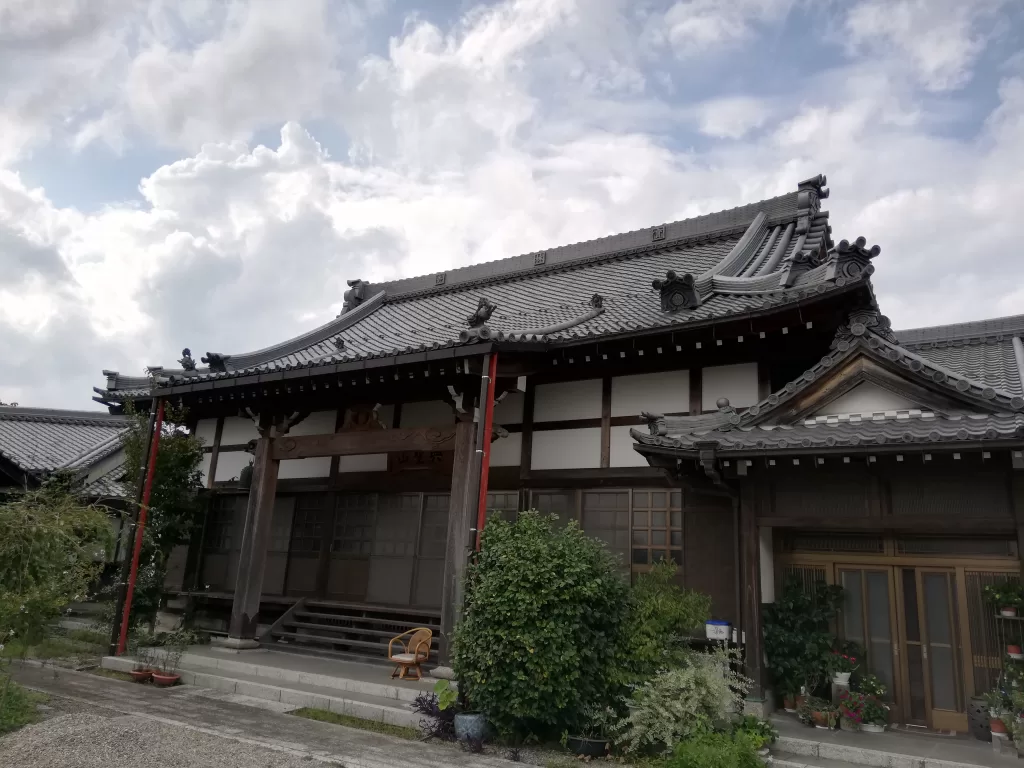The Hari Kuyō Festival in Kyoto: A Respectful Requiem for Needles

Hari Kuyo Festival
Hari Kuyo, also known as the Japanese Buddhist and Shinto Festival of Broken Needles, is a unique event celebrated annually on December 8 in Kyoto and the Kansai region. ‘Hari’ translates to ‘needle’, while ‘-kuyō’ can be defined as ‘memorial’, tracing back its roots from the Sanskrit word pūjā or pūjanā, signifying “to bring offerings”. This event serves as an homage to all sewing needles that broke during their service throughout the past year.
Blending Beliefs in the Celebration
The commemorative festival brings people together irrespective of their professional horizons like fashion designers, tailors, dressmakers, students, and homemakers that hold a common interest – sewing. It provides them with an opportunity to express gratitude towards these essential tools that enable their craft. Simultaneously, it acts as a medium to pray for further enhancement of their skills and precision in work.
Through its elaborate rituals and offerings, Hari Kuyo shines a light on various belief systems that constitute Japanese cultural identity. Primarily focusing on Shintoism and Buddhism, the ceremony incorporates elements like animism, attributing souls to living beings as well as inanimate objects like needles. It is one of the most awaited Kyoto events in December.
The Rituals Connected to the Event
The event commemorates used needles by placing them gently into a block of tofu or konnyaku (a form of soft jelly). This ritual is carried out with great solemnity, wherein participants elegantly dressed often line up for their turn to perform this symbolic act. The tofu or konnyaku embedding the needles are then displayed on small altars within temple courtyards or sanctuaries.
Given the significance attached to these instruments, a different approach is taken compared to other tools utilized by artisans such as brushes or knives which typically meet their end in redemptive fires through an existing practice known as Kuyo. Herein they burn these tools so their smoke ascends heavenwards.
Historical Background Of Hari Kuyō
Tracing back four hundred years ago, Hari Kuyō was initiated so housekeepers and professional needle-workers could pay respect for their tools’ assistances over the years while also acknowledging their craftsmanship. As per animist traditions where everything has a soul- humans, animals, plants even objects; this festival highlights gratitude towards these soulful tools for contributing benefit to people. Undertaking ceremonial visits to Shinto shrines and Buddhist temples marking thanks-giving for broken needles represents a philosophy that pays honor even to small things thereby making ‘not wasting’ an aspirational concept.

Celebration Dates in Japan
While December 8 marks the annual celebration of Hari Kuyo festival in Kyoto and the larger part of Kansai region owing to traditional reasons; February 8 hosts similar celebrations in the Kanto region. Basically, this centuries-old event, which is usually held at the Horin-ji Temple in Kyoto, is a memorial service for spent and broken needles.
Undoubtedly, the honorable burial put forth through Hari-Kuyou serves as one charming example showcasing Japan’s beautiful ways of commemorating creation- alive or inanimate. With its roots deeply embedded into ancient traditions and belief systems combined with intricate rituals held at symbolic locations like temples and shrines; it projects an enigmatic expanse of a lesser-known festival nurturance that reinforces not only skill appreciation but also ethical disposal habits built within sacred frameworks
If you’re seeking a profound way to purify your soul and embrace the rich traditions of Kyoto, don’t miss out on the unforgettable experience of Joya-no-kane at Chion-in Temple.